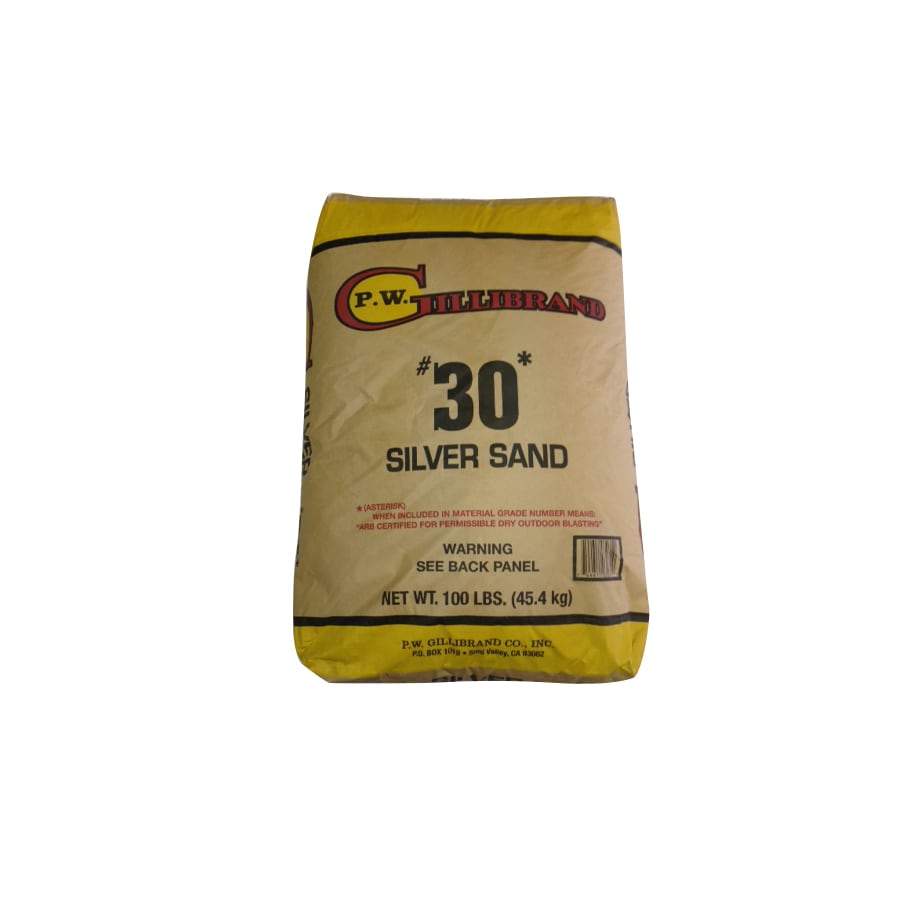
#Silica sand how to
This video explains how silicosis can be caused by workplace exposures to respirable crystalline silica and how to prevent this disease. IARC Classification: Carcinogenic to humans (Group 1). World Health Organization, International Agency for Research on Cancer, (2006).

Studies of workers exposed to respirable crystalline silica have found that these workers are at increased risk of developing kidney disease. COPD is not usually reversible and may worsen over time.


The main symptom of COPD is shortness of breath due to difficulty breathing air into the lungs. Chronic Obstructive Pulmonary Disease (COPD)Įxposure to respirable crystalline silica increases the risk of other lung diseases, primarily COPD, which includes emphysema and chronic bronchitis. The abnormal cancer cells can also travel ("metastasize") and cause damage to other parts of the body. Lung cancer is a disease where abnormal cells grow uncontrollably into tumors, interfering with lung function. Lung CancerĮxposure to respirable crystalline silica increases the risk of developing lung cancer. In these cases, medical evaluation should be performed as soon as possible. In rare instances, individuals exposed to very high concentrations of respirable crystalline silica can develop typical silicosis symptoms as well as fever and weight loss within weeks instead of years. In addition, smoking causes lung damage and adds to the damage caused by breathing silica dust. In the later stages, the worker may experience fatigue, extreme shortness of breath, chest pain, or respiratory failure.īecause silicosis affects the immune system, exposure to silica increases the risk of lung infections, such as tuberculosis. As the disease progresses, the worker may experience shortness of breath upon exercising. Symptoms may or may not be obvious therefore, workers need to have a chest x-ray to determine if there is lung damage. Silicosis typically occurs after 15–20 years of occupational exposure to respirable crystalline silica. When silica dust enters the lungs, it causes the formation of scar tissue, which makes it difficult for the lungs to take in oxygen. Silicosisīreathing crystalline silica dust can cause silicosis, which in severe cases can be disabling, or even fatal. These occupational diseases are life-altering and debilitating disorders that annually affect thousands of workers across the United States.

Exposure to respirable crystalline silica is related to the development of autoimmune disorders and cardiovascular impairment. Respirable crystalline silica also causes lung cancer, chronic obstructive pulmonary disease (COPD), and kidney disease. Protecting Workers from Silica Hazards in the Workplace VideoĪn introduction on the hazards of exposure to respirable crystalline silica.īreathing in very small ("respirable") crystalline silica particles, causes multiple diseases, including silicosis, an incurable lung disease that leads to disability and death.


 0 kommentar(er)
0 kommentar(er)
